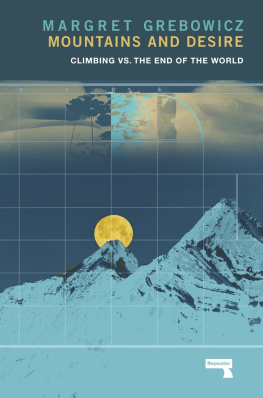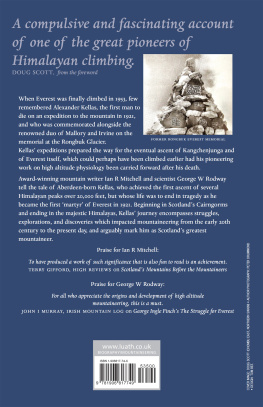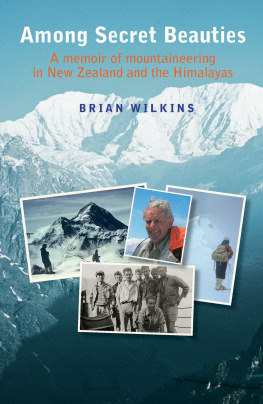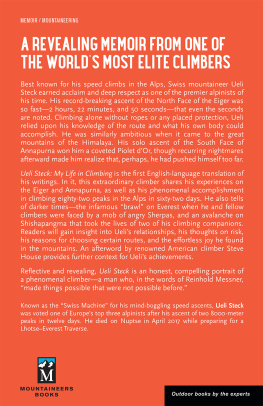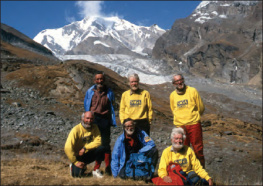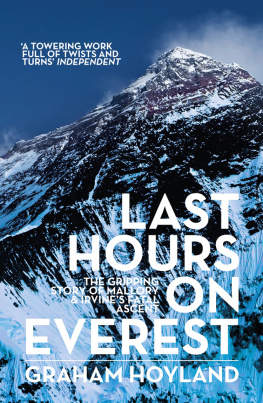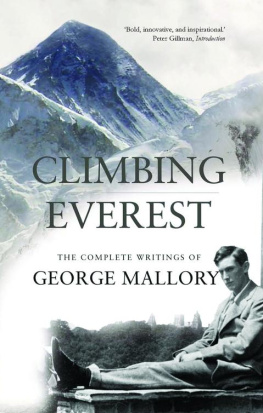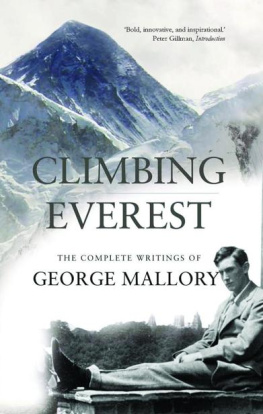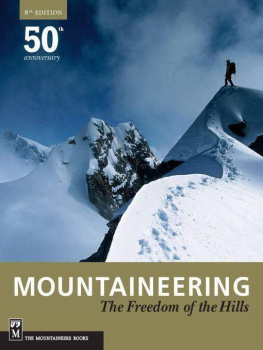


Published by Repeater Books
An imprint of Watkins Media Ltd
Unit 11 Shepperton House
89-93 Shepperton Road
London
N1 3DF
United Kingdom
www.repeaterbooks.com
A Repeater Books paperback original 2021
Distributed in the United States by Random House, Inc., New York.
Copyright Margret Grebowicz 2021
Margret Grebowicz asserts the moral right to be identified as the author of this work.
ISBN: 9781912248933
Ebook ISBN: 9781913462239
All rights reserved. No part of this publication may be reproduced, stored in a retrieval system, or transmitted, in any form or by any means, electronic, mechanical, photocopying, recording or otherwise, without the prior permission of the publishers.
This book is sold subject to the condition that it shall not, by way of trade or otherwise, be lent, re-sold, hired out or otherwise circulated without the publishers prior consent in any form of binding or cover other than that in which it is published and without a similar condition including this condition being imposed on the subsequent purchaser.

Printed and bound in the United Kingdom by TJ Books Limited
For Z
by my side
CONTENTS
We are probably in a revolutionary situation (although we cannot get an overview and so cannot say with certainty whether it is objectively revolutionary).
Vilm Flusser, Gestures
Introduction: Peak Climbing
On 29 May 1953, Tenzing Norgay and Edmund Hillary became the first humans to stand on the summit of Everest. This momentous human first was also a momentous human last: the last major world news item to be delivered by runner. A courier traveled by foot to the nearest town, from which the information was later telegraphed to Kathmandu and onwards.
Sir John Hunt, leader of that expedition and author of the hugely popular account The Ascent of Everest (1953), wrote that his team had climbed Everest because it was an opportunity to enter the unknown.
These days, Everest is anything but unknown, so commercialized that its become symbolic of a world used up by humans, crawling with amateur adventurers who can afford it and littered with the corpses of those who dont make it down. In recent years, reports from the climbing season are less about climbing achievements and more about crowds causing bottlenecks and critical levels of trash, resulting in the mountains new nickname, Mt. Trashmore. Another new favorite motif in these reports is that of climbers ignoring other climbers who are struggling, and indeed sometimes actually dying, on the way to or from the summit.
How we navigate mountains as a symbolic or semiotic terrain depends on the history we tell of how humans arrived at this point. Recent work by historians and not only historians of mountaineering, but of how humans relationship to mountains has shaped music, politics and literature tends to focus on climbing as a distinctly European event, a sort of symptom of European modernity. They convincingly establish that, since the Italian poet Petrarch stood on the summit of Mont Ventoux sometime in the mid-1300s, the first recorded person to ascend a mountain just to see the view from the top, there has been something like a single, uniform history of mountaineering, closely following and mirroring that of the modern era. And indeed, by the end of the eighteenth century, mountains and mountaineers were at the center of many of the developments historians take to be quintessential symptoms of the European modern spirit, like colonial knowledge production (Humboldt) and the new discipline of aesthetics (Kant).
The story here is one of continuity over time and space, with climbers summiting higher and higher peaks, moving eastward from Europe to Asia. In this framework, Everest is just another mountain, the highest one. But there is another way to tell the story. The practice as we know it today began not several centuries but exactly a century ago, with the British Himalayan expeditions. It was actually the Everest reconnaissance expedition of 1921, ordered by the British Alpine Club and the Royal Geographical Society and later known simply as George Mallorys first expedition, that changed the game by inaugurating a culture of celebrity climbers and celebrity mountains.
By declaring the summit of Everest the upper limit of the world possible, that expedition infused climbing with new life. The eight-thousanders, or the peaks higher than eight thousand meters, became the ultimate transnational and transcultural theater for life on the edge the limits of human performance and, eventually, environmental limits. The 1921 expedition forever changed how climbers and their Earth-bound publics saw not only the practice of mountaineering, but also, more generally, what it means to be human, including the role of natural environments in the ongoing creation of culture.
The great innovation of the Mallory expeditions was two-fold. They discovered a viable route to the summit roughly the same route on which he and Andrew Irvine would lose their lives three years later. But they also changed how humans thought about desire and about the available cultural codes for justifying their desire, when a New York Times reporter asked Mallory, Why did you want to climb Mt. Everest?
Because its there, Mallorys cryptic reply, became the most loved quote in climbing history. But the real gamechanger was the reporters question itself. It announced to the world that mountaineering till then considered a solitary and silent practice had an audience, a public that was not only watching but also demanded access to the truths to which climbing seemed to hold the key. This question announced that climbing was the new spectator sport on the scene.
By the time of Hillary and Norgays first ascent of Everest, thirty years later, it was well understood that climbing had a global audience whose first question was why? Meanwhile, no one was asking why? about the many other popular sports at the time, like tennis or boxing or horse racing.
Hunts The Ascent of Everest begins with a short foreword written by the Duke of Edinburgh, which explains that the book is not only a full and detailed account of climbing the
*
Some countries have had much longer histories of public interest in the careers of climbers than the US. The level of interest in climbing seems more or less proportional to that nations presence in the high peaks. Britain, France, Italy, Switzerland and Poland all countries whose Himalayan climbing is considered top have audiences dedicated to the latest climbing feats by not only their own countrymen and -women, but by all elite climbers. Climbers are household names there, like Michael Jordan or Tiger Woods are in the American consciousness. They have fanbases, TV appearances and ghost-written, bestselling memoirs.
My own native country, Poland, treats its high-altitude climbers like national heroes. When one dies in a climbing accident, the nation collectively mourns. Polish even has a word that refers to Himalayan climbing (himalaizm) to distinguish it from the more popularly used
Next page
